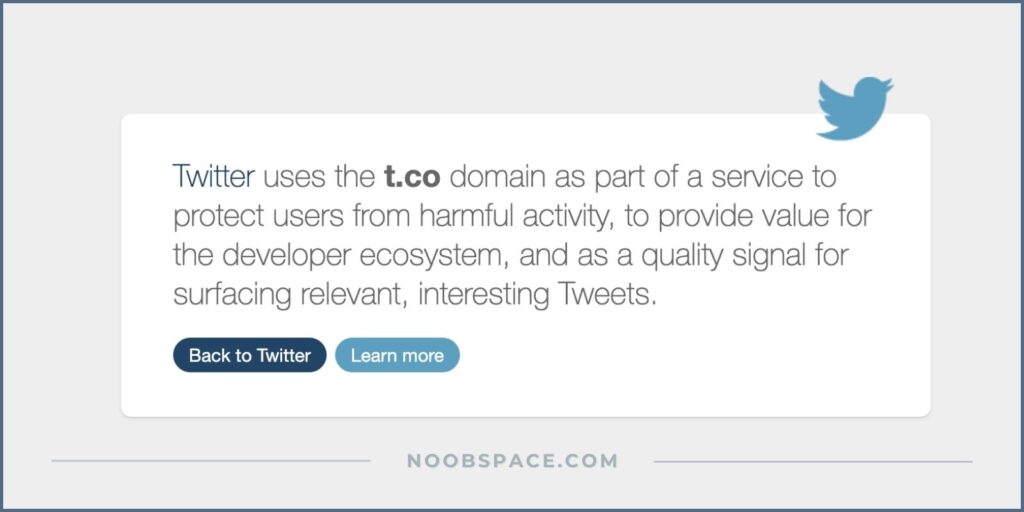Twitter experienced technical issues on Thursday as their link forwarding server, t.co, suffered an outage. This caused links posted on Twitter or sent via direct messages to display error pages rather than directing users to the intended content.
The error page lightheartedly read,
“I scream. You scream. We all scream… for us to fix this page. We’ll stop making jokes and get things up and running soon.”
But what is t.co and why does Twitter use it?
What is t.co domain used for?
t.co is Twitter’s link-shortening service that was launched in 2010 by Twitter. It is a domain owned by Twitter that is used to wrap all links posted on the platform. When you post a link on Twitter, the original link gets converted to a shortened t.co link that redirects to the original URL when clicked.
For example, if you posted a link to “https://www.example.com/article“, it would get converted to “https://t.co/abcd1234” on Twitter. The t.co link resolves to the original URL.
Why does Twitter use t.co domain for links?

When you open t.co on your browser, the domain shows a message that reads,
“Twitter uses the t.co domain as part of a service to protect users from harmful activity, to provide value for the developer ecosystem, and as a quality signal for surfacing relevant, interesting Tweets.”
We’ve explained this in detail below:
1. Security and protection
One of the main reasons Twitter uses t.co is to provide greater security and protection for users. By wrapping links with the t.co domain, Twitter is able to scan links posted by users to ensure they are safe and not malicious. This allows them to prevent spam, phishing attempts, malware, and other threats before a user clicks on them.
If a posted link is later determined to be dangerous or violate Twitter’s rules, they can also revoke the t.co link to disable access. This adds an extra layer of security.
2. Valuable analytics for Twitter and partners
Wrapping links via t.co allows Twitter to track clicks and analyze engagement data on links across their platform. This supports and informs the analytics they provide to business partners. Link metrics also help Twitter optimize their content algorithms to surface more relevant Tweets.
It also enables better attribution by allowing sites to see when traffic is coming from Twitter clicks specifically. The t.co links indicate the traffic source.
3. Developer platform
Twitter’s developer rules require that all third-party Twitter applications use the t.co links for any links they show. This creates consistency across the Twitter ecosystem and ensures all applications built on the platform provide the same protections and analytics capabilities Twitter does.
4. Signals for relevance
Finally, Twitter leverages t.co link wrapping as a quality signal for their algorithm that determines what content to show users. If a particular link drives a high number of clicks, it may indicate that content is more interesting or relevant to show to others as well.
Recently, the t.co short link domain was down, resulting in user frustrations as shared on X. That’s when I decided to write about what t.co is and what are its benefits.
So in summary, t.co links provide security, analytics, ecosystem rules enforcement, and relevance signals – all of which aim to create a better user experience on Twitter.
Elon Musk has changed Twitter’s name to X and replaced the blue bird logo with an X.